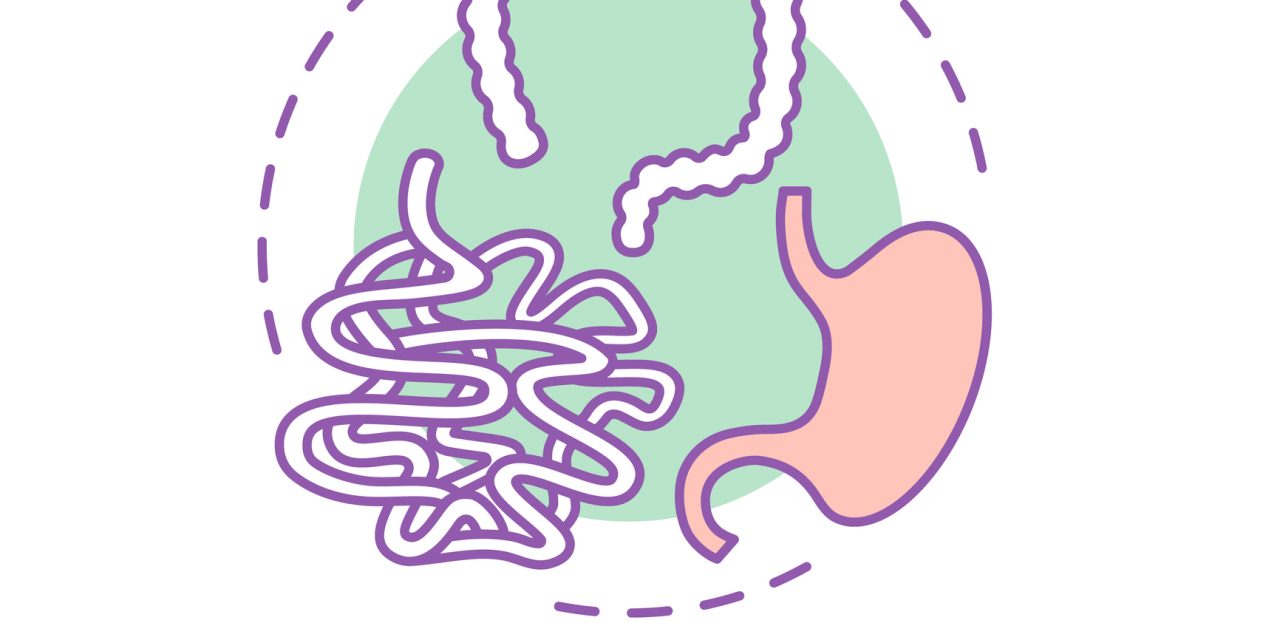A worrying increase of gastroesophageal reflux disease (GERD) and Barrett esophagus has been reported after sleeve gastrectomy (SG). Recent reports on combined fundoplication and SG seem to accomplish initial favorable results. However, no study included manometry or pH monitoring to evaluate the impact of fundoplication in SG on esophageal physiology.
In this study, 32 consecutive bariatric patients with GERD and/or esophagitis had high-resolution impedance manometry (HRiM) and combined 24-h pH and multichannel intraluminal impedance (MII-pH) before and after laparoscopic sleeve gastrectomy associated to anterior fundoplication (D-SLEEVE). The following parameters were calculated at HRiM: lower esophageal sphincter pressure and relaxation, peristalsis, and mean total bolus transit time. The acid and non-acid GER episodes were assessed by MII-pH, symptom index association (SI), and symptom-association probability (SAP) were also analyzed.
At a median follow-up of 14 months, HRiM showed an increased LES function, and MII-pH showed an excellent control of both acid exposure of the esophagus and number of reflux events. Bariatric outcomes (BMI and EWL%) were also comparable to regular SG (p = NS).
D-SLEEVE is an effective restrictive procedure, which recreates a functional LES pressure able to control and/or prevent mild GERD at 1-year follow-up.
Sleeve Gastrectomy and Anterior Fundoplication (D-SLEEVE) Prevents Gastroesophageal Reflux in Symptomatic GERD.


